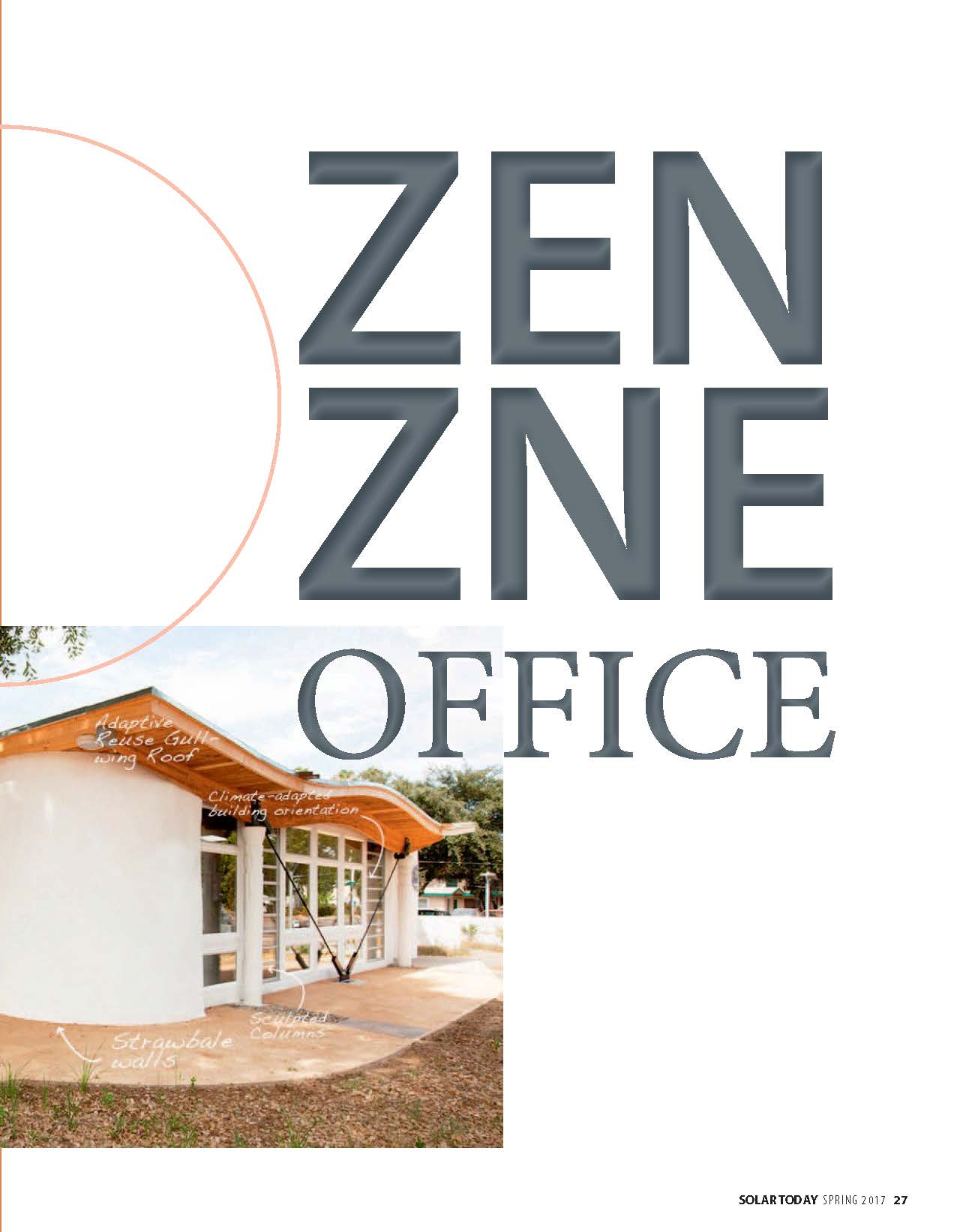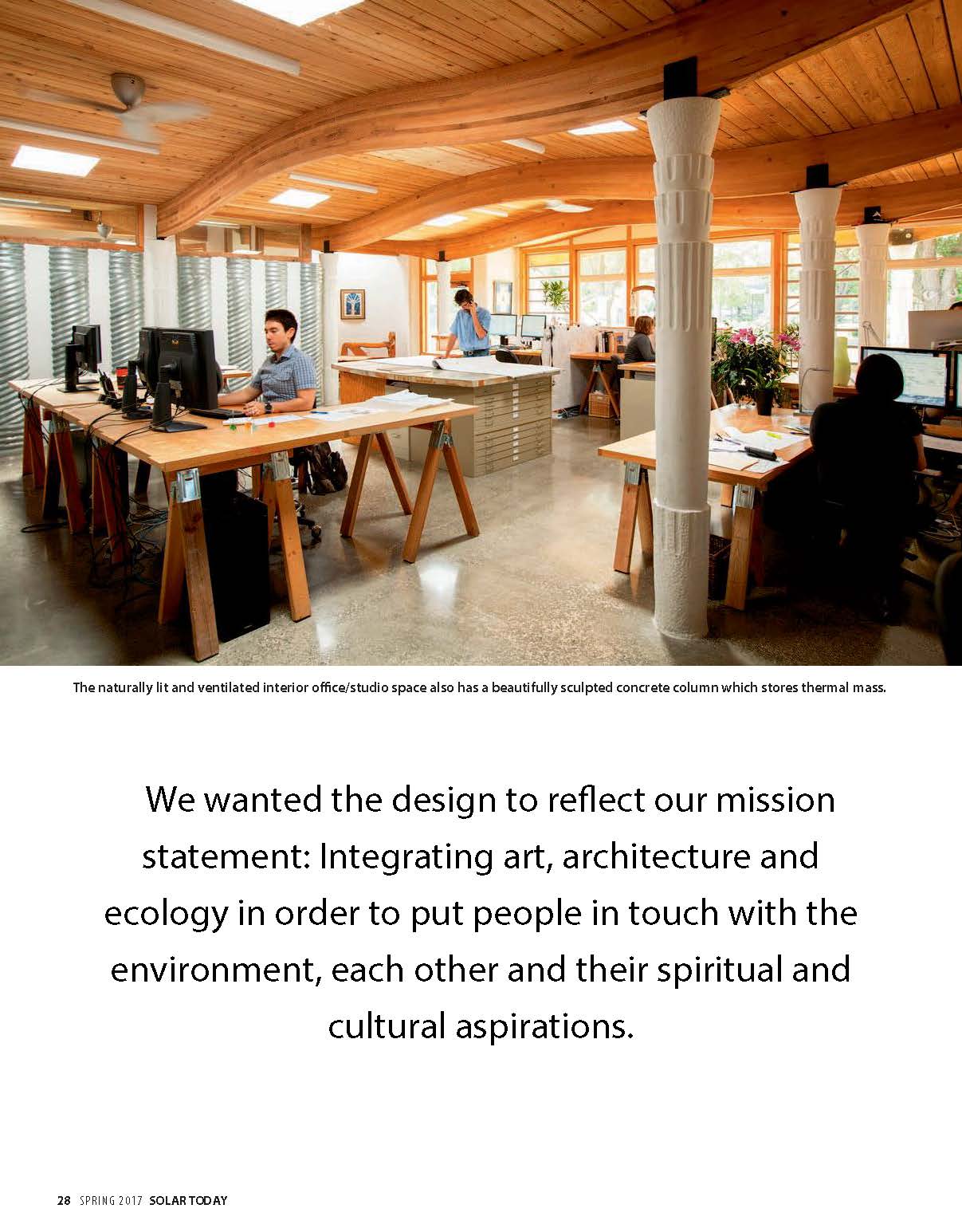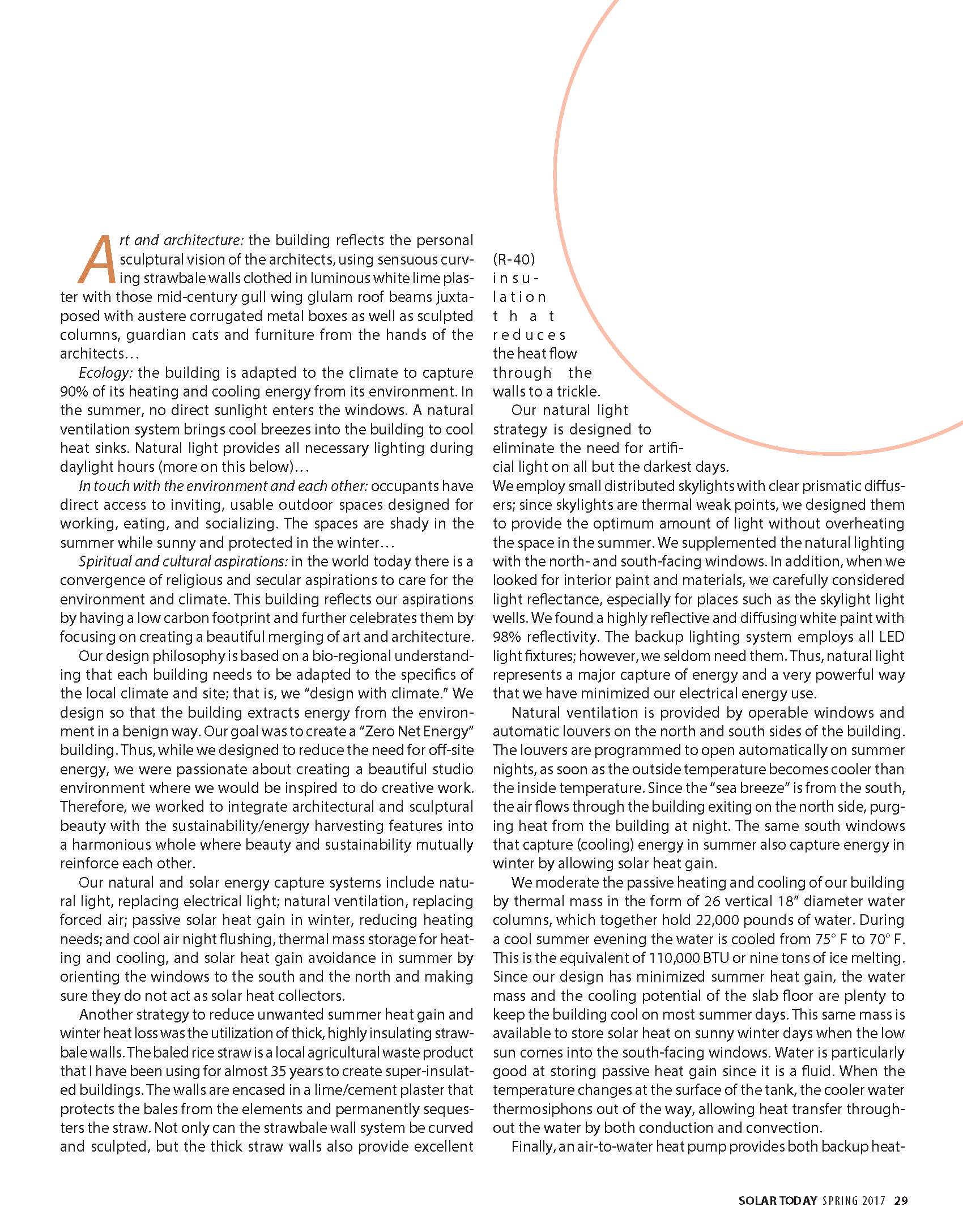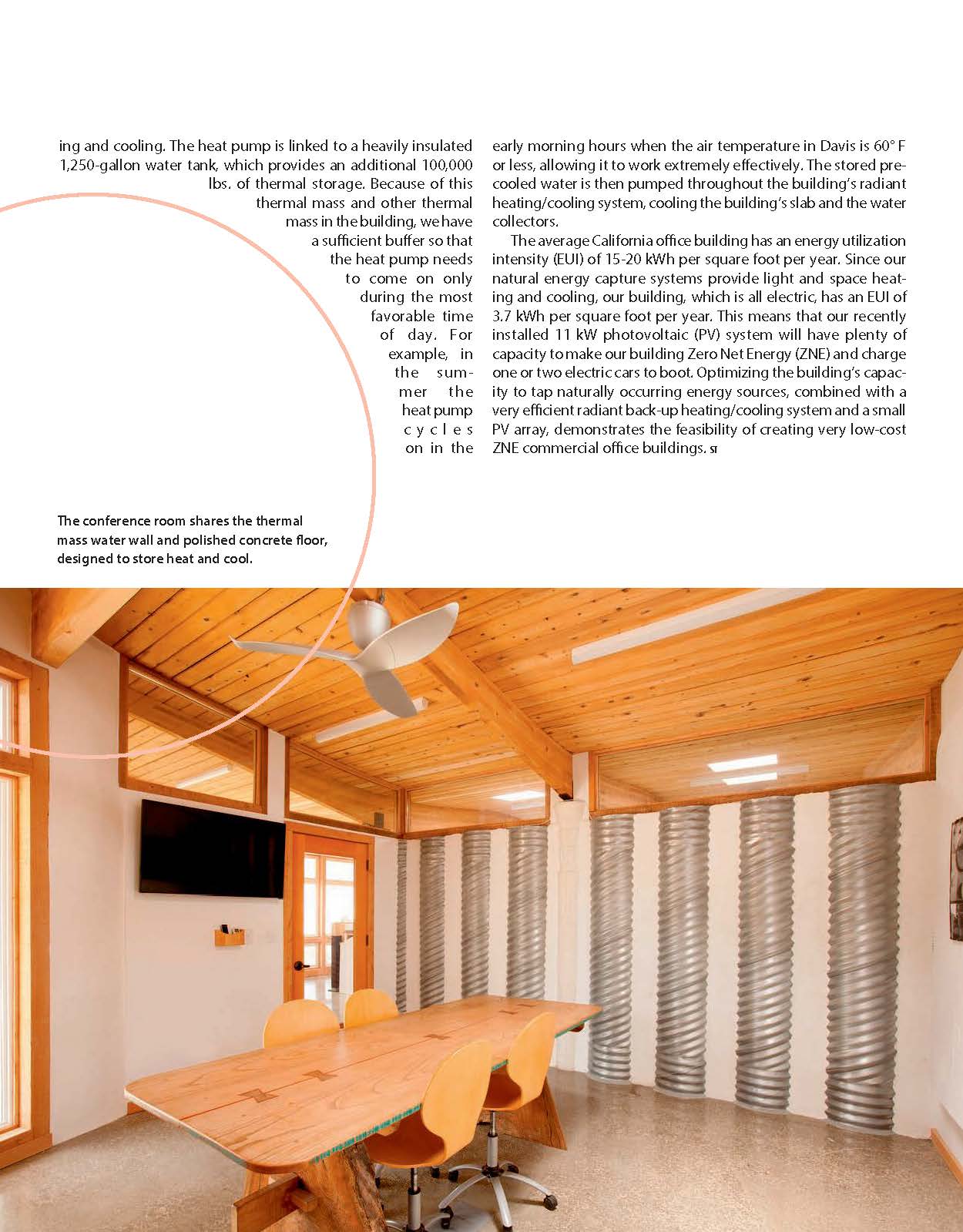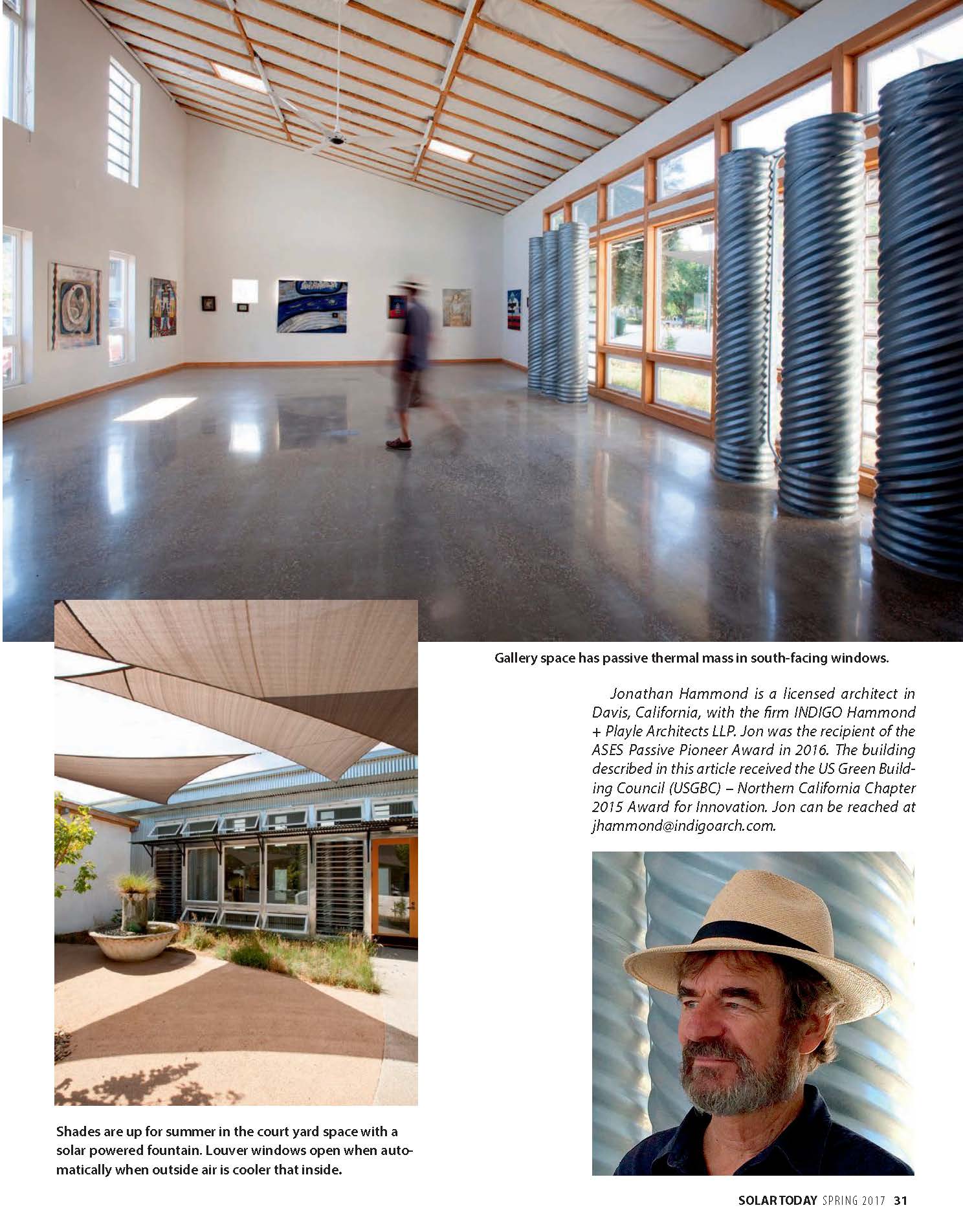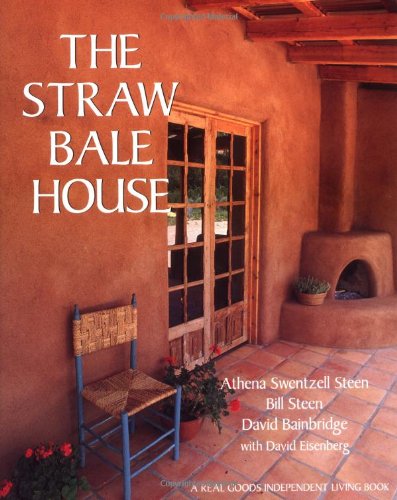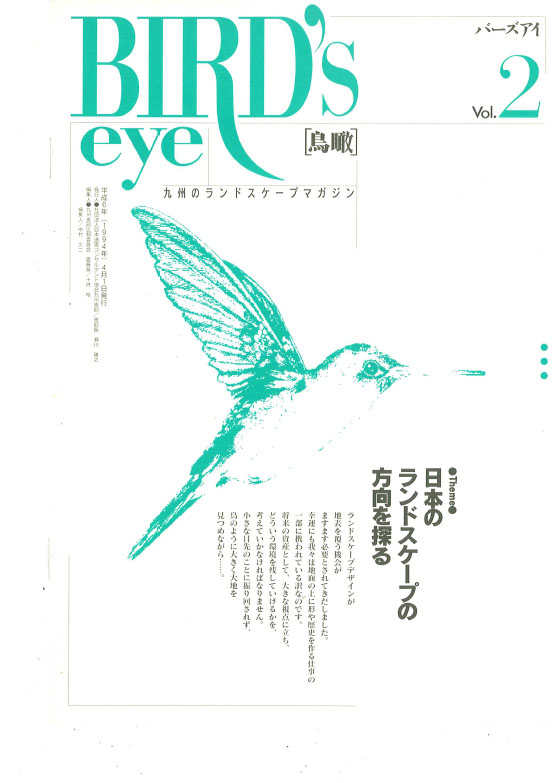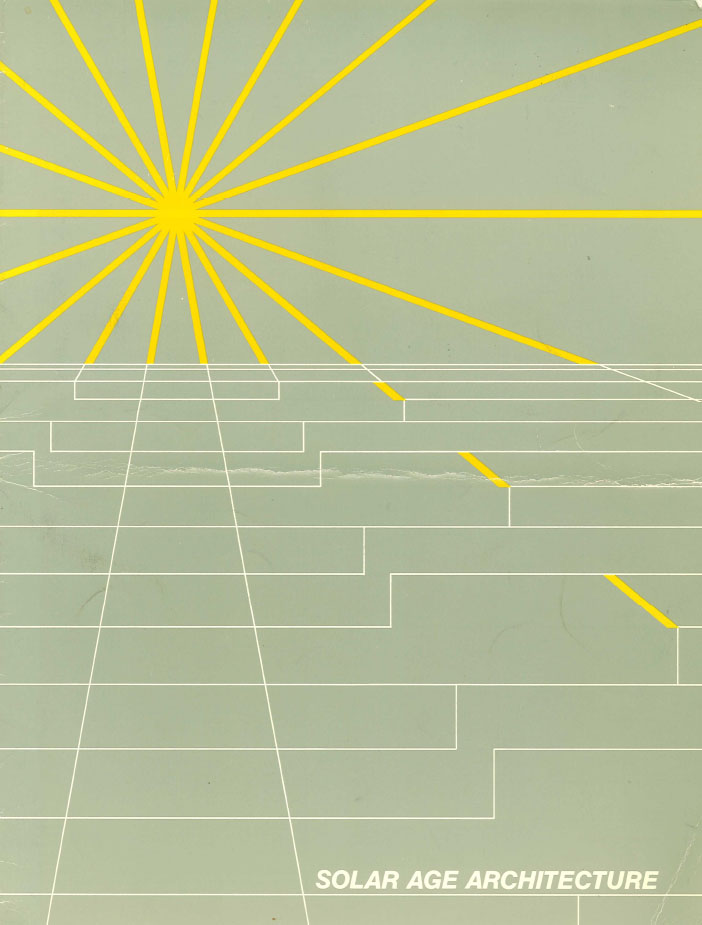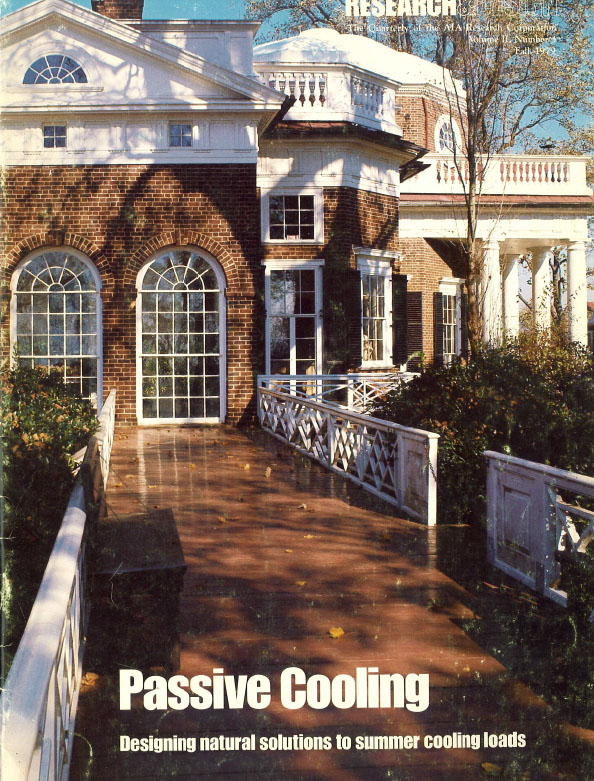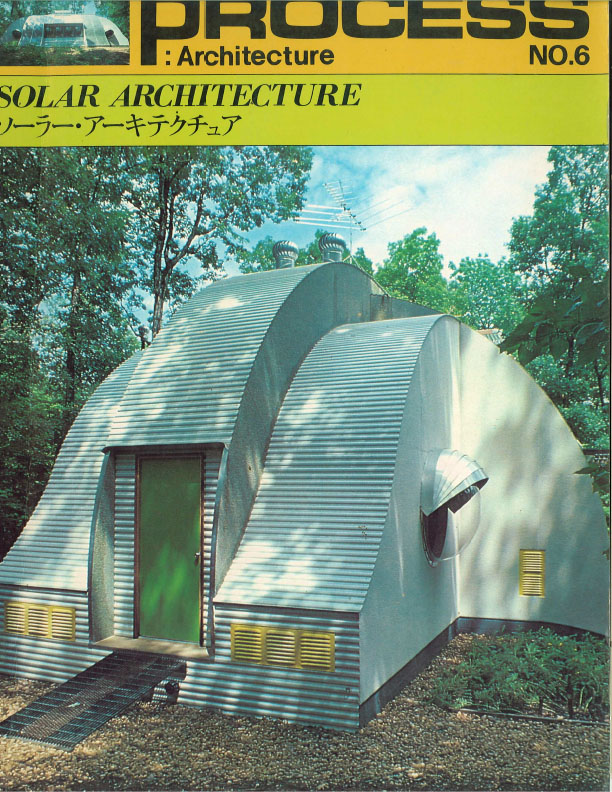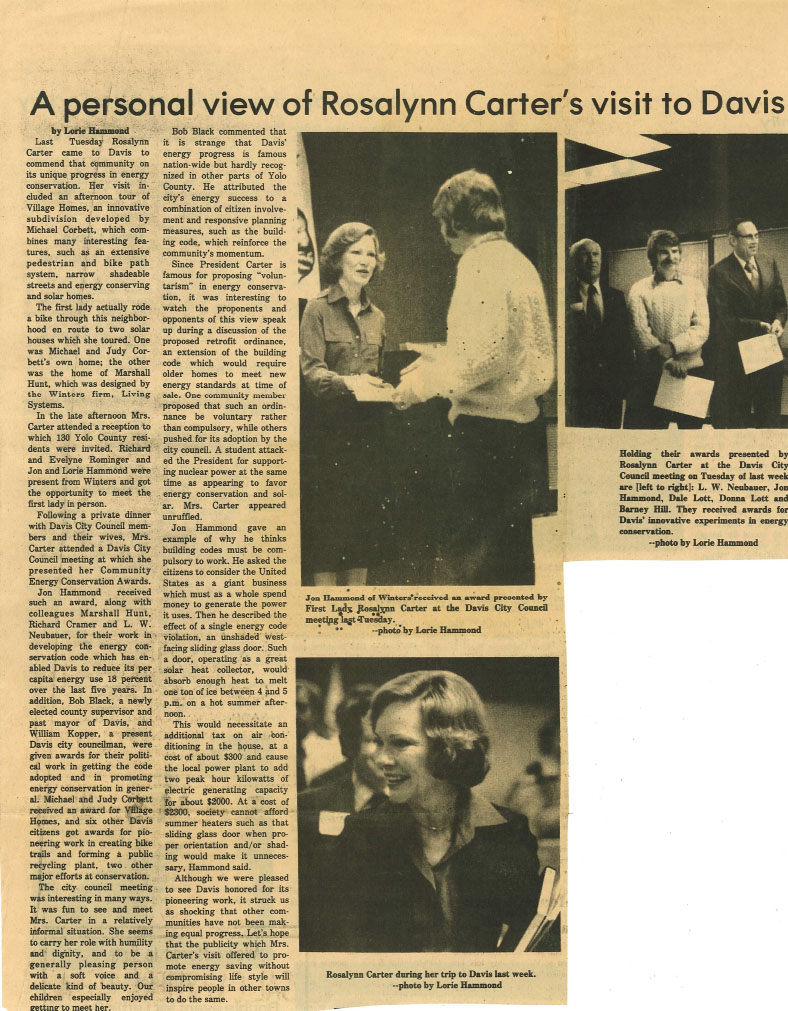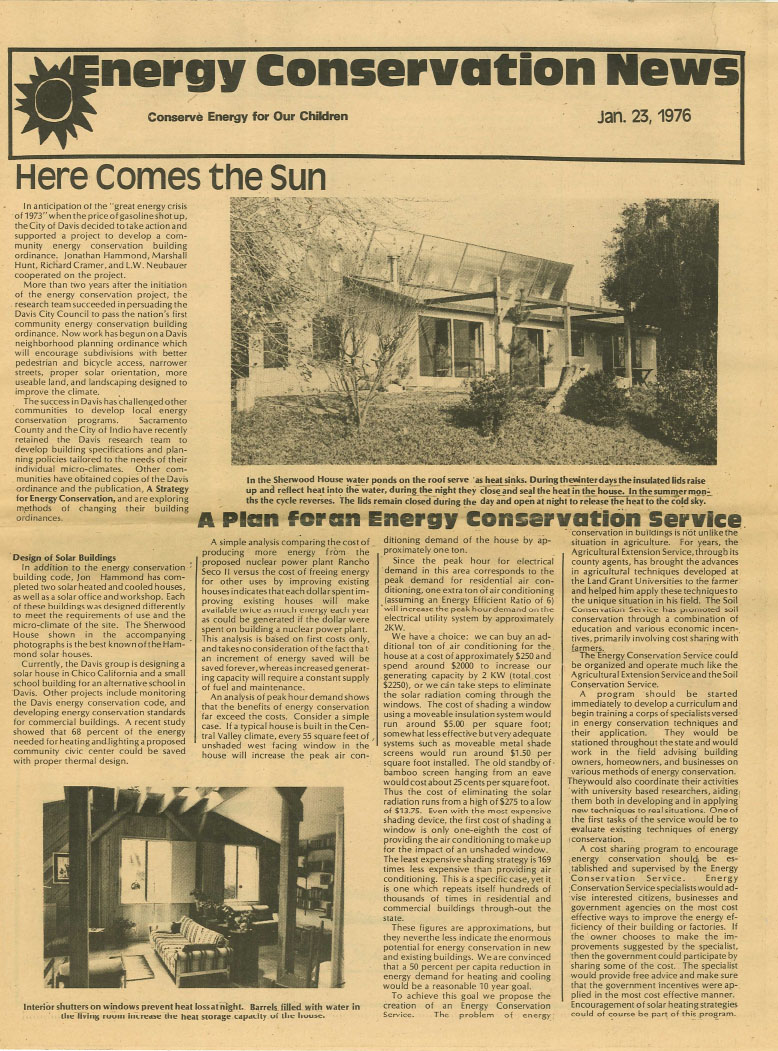Our Practice
Our workflow is streamlined and efficient. With a staff of ten, we know that every project benefits from the experience of our principles as well as the enthusiasm and new ideas of our team. As LEED-accredited and Zero-Net Energy (ZNE) architects, we stay true to three decades of ecological commitment, showing that green architecture can be implemented in a practical and cost-effective manner. This commitment informs our work culture, which is service-oriented and conscientious.
We carry a legacy of environmental responsibility and a passion for bioregional, place-based design solutions that are ever more efficient. Our designs integrate art, architecture, and ecology to address the needs of today while preserving the world for future generations. See more about our specific methods for achieving ZNE and LEED Certification below.
[ Indigo's Integrated Design Process ]
Capabilities
Our portfolio includes a variety of projects in both private and public sectors. We offer complete architectural services for design, bidding, construction administration, move-in, and commissioning of site and building facilities. Other services include:
Architecture
Feasibility Studies
Interior Design
Landscape Design
Master Planning
We maintain working relationships with engineering and consulting offices throughout the region provide a full range of services to our clients
Programming
Public Art
Site Planning
Residential Design
ZNE & LEED Certified Design Services
Philosophy
The built environment accounts for 48% of total energy use in the United States and 76% of power plant generated electricity ( Architecture 2030 ). With this knowledge, Indigo designs climate-adapted buildings that remain cool in summer and warm in winter by manipulating sunlight, shade, ventilation, and thermal mass.
ZERO-ENERGY DESIGN
Zero net energy or “ZNE” is considered the future of building, as existing buildings United States use 76% of power plant generated electricity. The building sector creates almost half (44.6%) of the CO2 emissions in the United States. By comparison, all of transportation in the U.S. accounted for only 34.3% of total CO2 emissions.
With this knowledge, Indigo has focused their designs to create climate-adapted buildings by manipulating sunlight, wind, and building materials that remain functional and comfortable for occupants, while using the least amount of energy as possible. To achieve the Zero Energy Certification, Indigo uses what today’s architects would call “passive” solar strategies, as opposed to relying solely on “active” solar strategies, such as solar panels. Additionally, Natural lighting from skylights and windows allow daytime use without electric power. By combining passive heating and cooling techniques with the latest materials and modeling technologies, Indigo creates an indoor environment that serves human needs with a minimum of wasted resources. Adding to the green theme, we use local, recycled, and renewable materials whenever possible.
PLACE BASED DESIGN
Design for bioregion combines vernacular building traditions that have been developed in response to the topographic and climatic qualities of place with the latest technologies and materials. Using this approach, Indigo creates environments that serve human needs with a minimum of wasted resources, using local, recycled, and renewable materials whenever possible.
Our approach dictates that we work with the specifics of local climate. It also dictates that we work with people. We weave culture, art and functionality together to help people communicate, work, and live well. Our designs rely on meaningful collaboration with our clients and users to ensure that the spaces we create will optimally serve the people who will use them. We find creative, cost effective ways to incorporate craft and artistry into civic, residential and commercial projects, ensuring that buildings and landscapes are tailored to the needs and sensibilities of their users. In this way, we work toward harmonious flows of people, energy, and materials.
USING THE POWER OF THE SUN
We work from the understanding that earth’s systems are powered by sunlight. We also know that it is one of the most beautiful and powerful materials available to architects. Unlike wood, steel, and concrete, its supply is free and boundless. Natural light provides building users with superior visual acuity, a sense of psychological well being, and dramatic energy savings. Extensive research has shown that naturally lit buildings with views to the outside increase worker efficiency and reduce absenteeism. School buildings lit by sunlight provide a superior learning environment. Controlled use of natural light keeps building occupants attuned to diurnal rhythms and reduces the occurrence of seasonal depression.
OUTDOOR SPACE
Just as we bring natural light and air inside the building envelope, we understand the importance of bringing people to the outside of buildings. Humans feel grounded and whole when their homes, schools, and workplaces incorporate usable outdoor space. With shelter and good solar orientation, courtyards and covered walkways can be used year-round.
We allow existing patterns in the landscape to inspire our designs. Native plants create landscapes that fit local ecological conditions and speak to cultural traditions. These plants help reduce on-site water demand and provide habitat for native birds, insects and other creatures. Gardens, bio-filtered fountains, sheltered walkways and courtyards provide respite in an increasingly anxious world. We are whole when we feel the sun or rain on our faces, when we watch plants grow and change with the seasons, and when we have time each day to breathe fresh air.
RESILIENT BY DESIGN
In addition to these daily benefits, Indigo’s building methodology can help mitigate the effects of disasters. The principles of passive solar design have been updated for the 21st Century with the concept of“Passive survivability”. Smart, energy-saving buildings can remain functional and safe in extreme circumstances. We design civic buildings that can operate even when the electrical grid is down for an extended period of time. Recent events, such as the aftermath of Hurricane Katrina, wildfires in the western U.S., and the constant threat of earthquakes on the Pacific Rim highlight the need for both long-term energy conservation and emergency coping mechanisms.
Our structural design techniques help increase the safety of buildings through earthquakes while natural lighting from skylights and windows allow daytime use without electric power. Natural ventilation and operable windows allow buildings to be used when power or fuel supply for mechanical systems is compromised. Passive solar buildings reduce heating and cooling load, lightening demand on emergency power generators and can extend the period of time essential service buildings can operate in extraordinary circumstances.
At Indigo, we combine time-tested techniques with the latest technologies to design buildings and landscapes for today and tomorrow. We carry a legacy of environmental responsibility and a passion for bioregional, place-based design solutions that are ever more efficient. We look at the big picture in order to frame our approach to each unique project. Our designs integrate art, architecture, and ecology to address the needs of today while preserving the world for future generations.
ZERO-ENERGY DESIGN:
A zero-energy building, also known as a zero net energy (ZNE) building, net-zero energy building (NZEB), or net zero building, is a building with zero net energy consumption, meaning the total amount of energy used by the building on an annual basis is roughly equal to the amount of renewable energy created on the site.
BIOREGION: An area or locality (region) defined by its unique cultural, climatic and ecological characteristics. Every city, village and wilderness on earth belongs to a bioregion.
BIOREGIONALISM: A commitment to balancing the functions of human societies with their ability to sustain themselves and their natural environment.


![[ Indigo's Integrated Design Process ]](https://images.squarespace-cdn.com/content/v1/55ddd4e6e4b040f0b29f0dcd/1442602643243-11D2TY43NWVBEKO3X5RU/image-asset.jpeg)




